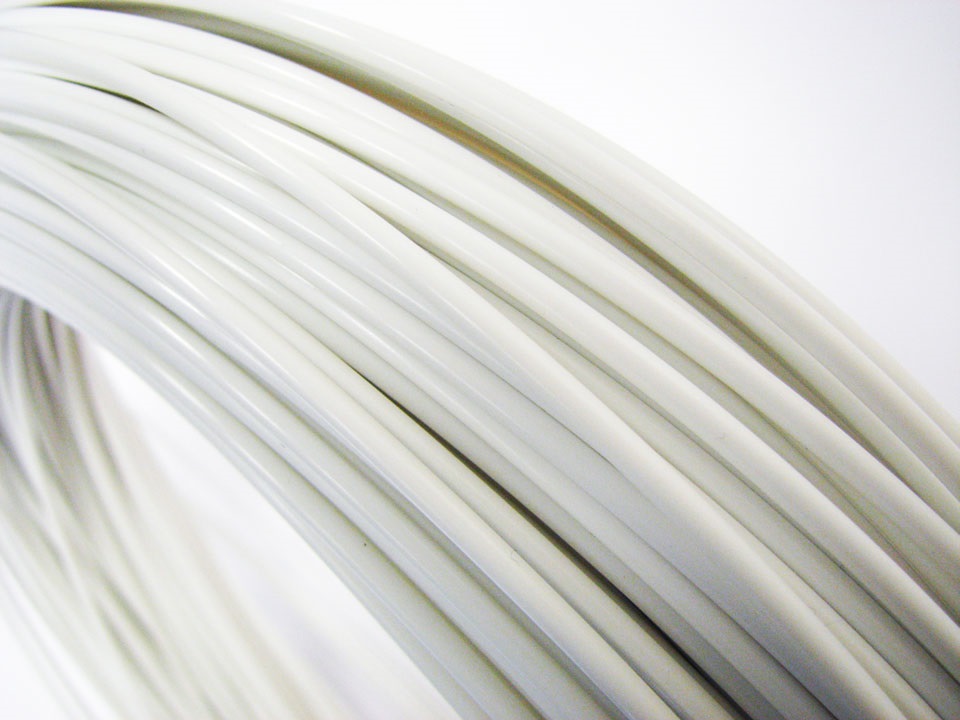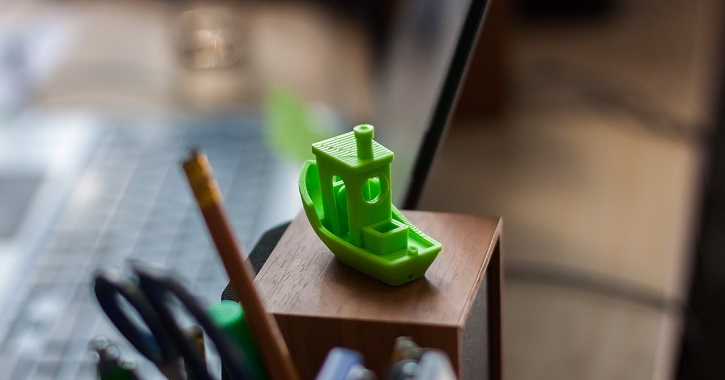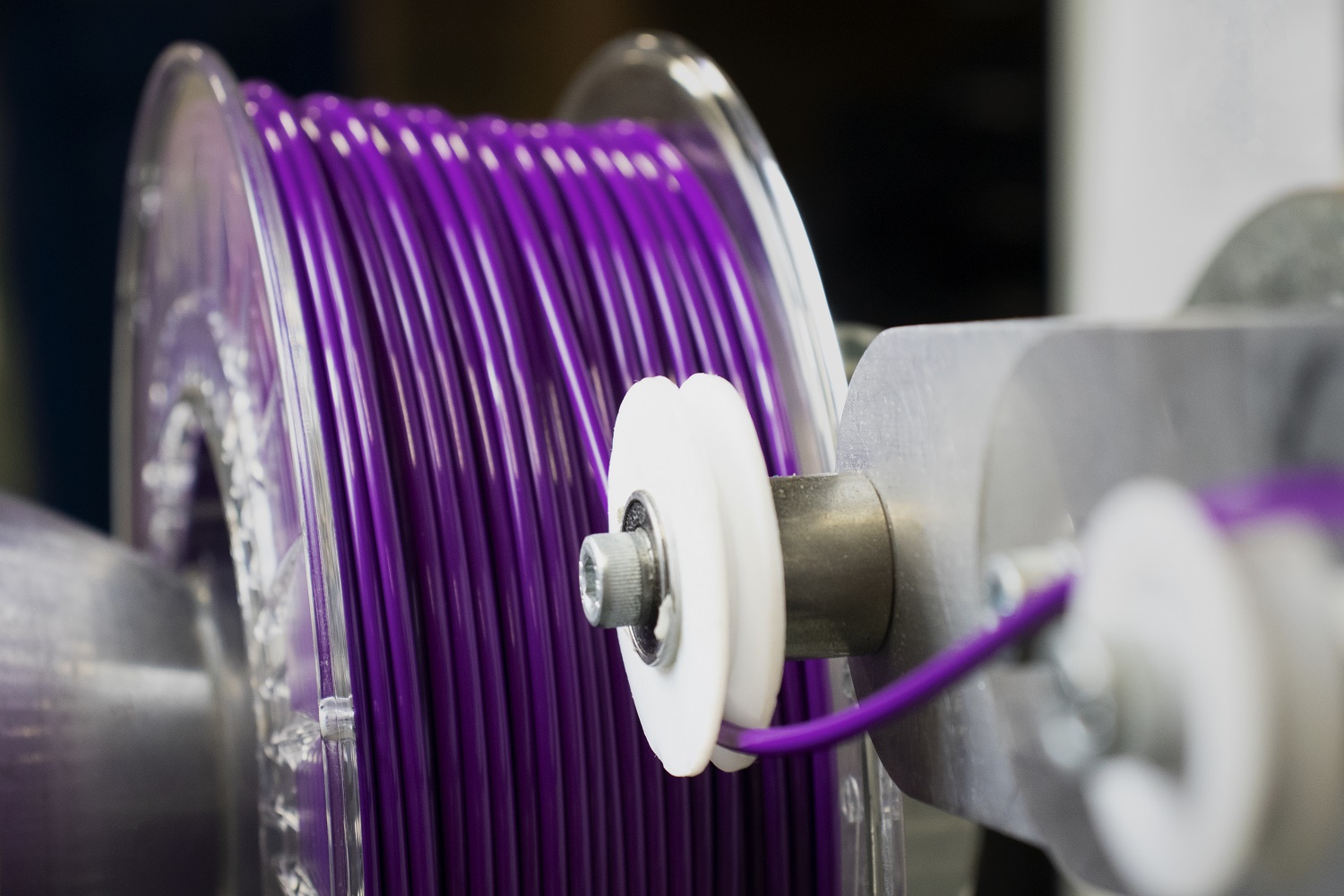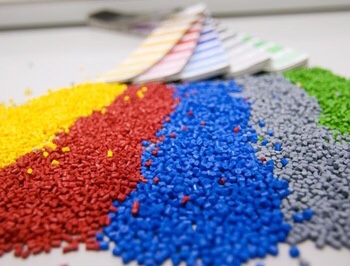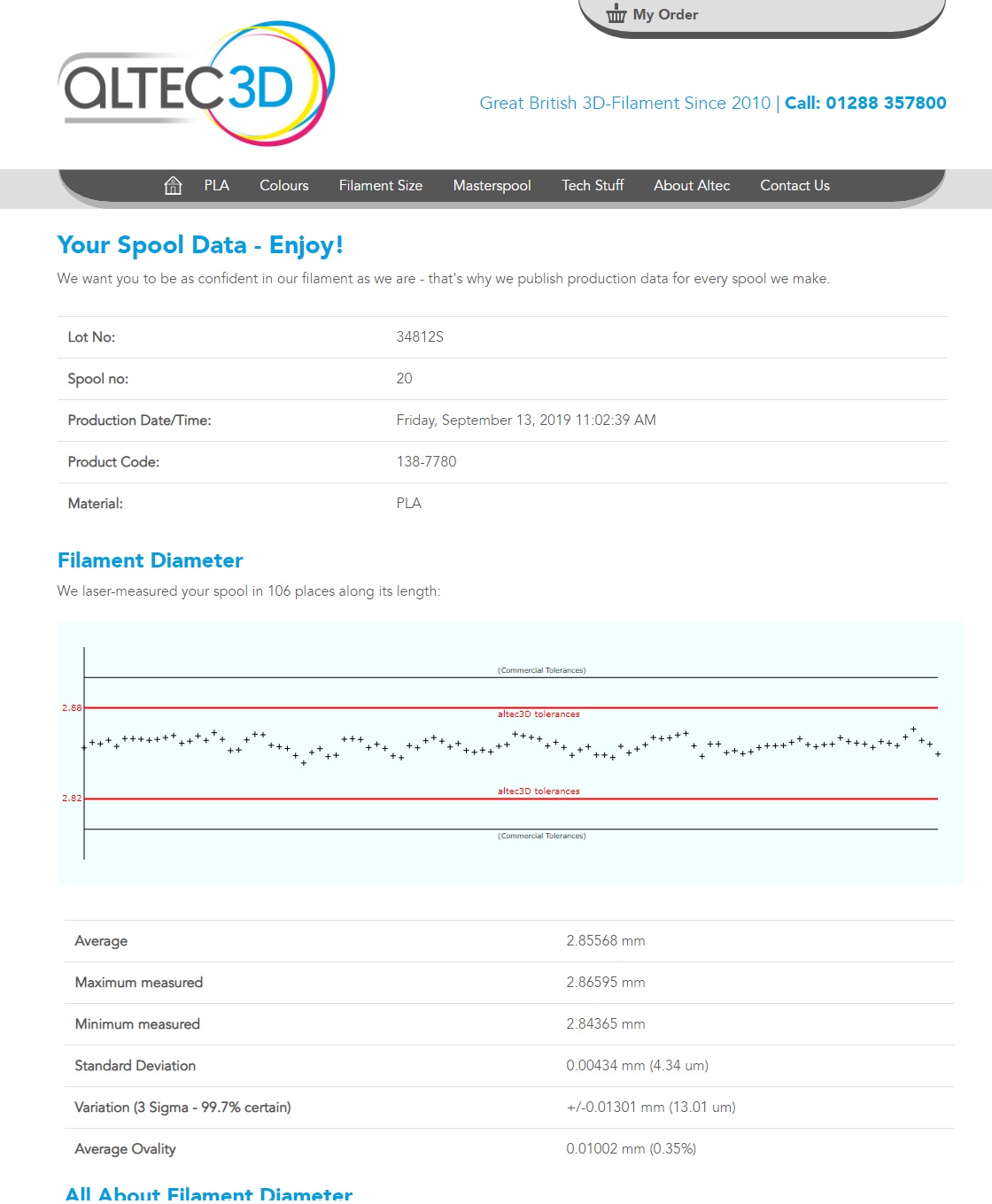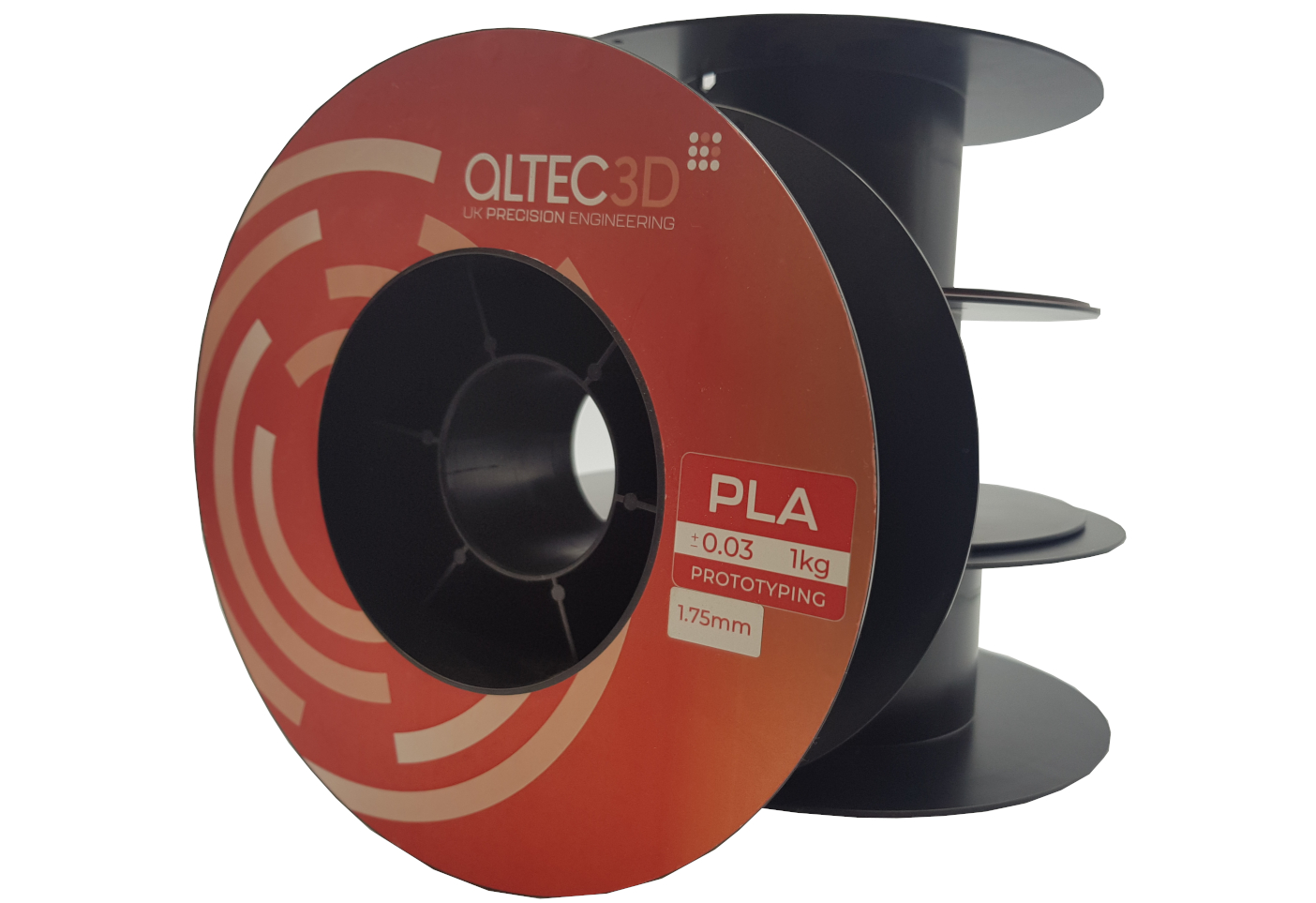PETG vs. PLA - A Simple Guide
What is the difference & when to know which is the best material for you?PLA & PETG are the two most common printing materials in FDM printing but sometimes it can be difficult to determine whether PETG or PLA is best suited for your application. There are a few factors we can look at when deciding between the two and they make for some interesting comparisons.
Printability
While Altec3D have specially selected our grades of polymers to be as user-friendly as possible there is still a difference between how the two materials print. PLA is considered the easiest filament to print with, with a recommended printing temperature of 190°C to 215°C & a print bed being optional, it is safe to assume most printers can easily print PLA without modification. Altec3D PETG has slightly higher recommended temperatures of 220°C – 260°C & a necessary heated bed of 50°C – 80°C. While it is not strictly necessary to upgrade to an all-metal hot end for temperatures in this range, once reaching 240°C it is recommended as the PTFE may begin deforming & releasing noxious fumes. If in doubt it is best to consult your 3D printer manufacturer on the maximum recommended temperature for your hot end.
Strength
In terms of strength, PETG is better than PLA in all respects, regular PLA material has much lower impact resistance compared with PETG. While modified PLA materials are available & it is possible to increase the impact resistance through part design or post-processing it is generally best to rely on the inherent material properties.
Flexibility
PETG is also more flexible than PLA meaning it will generally bend more, however it is important to remember a parts flexibility is impacted by the orientation in which it is printed. This means that a parts ability to bend can be limited by layer adhesion, so it is worth considering this when printing parts that you expect to have some flex in them.
Temperature
An important factor when considering your material is the environment it will be subject to. PETG tends to begin softening at ~80°c so it better suited for higher temperature environments. PLA does not have very good thermal properties and will begin to soften at 60°C or above, so may not be the best option for environments such as car interiors, direct exposure to heat or hot water. You may have heard of this being called the glass transition temperature (Tg), strictly speaking this only applies to amorphous polymers such as PLA.
UV resistance
Another important environmental factor to consider is UV exposure. It is best to use a UV resistant material such as PETG when printing a part that will be outside or otherwise exposed to sources of UV light. PLA isn’t inherently UV stable; this means that upon exposure to UV light such as daylight the material will begin to breakdown & become brittle over time.
Cost
There isn’t much to consider on this one, in recent years as PETG has become more popular in 3D printing its price has come down to be competitive with PLA. In terms of raw material PETG is much more widely available than PLA and therefore suffers less from global shortages that have been seen in recent years. It is always worth considering the future availability of material as you decide on which material you would like to continue printing with.
Summary
In summary it might seem that PETG is the superior choice based on the above criteria, however PLA has been a staple of the 3D printing industry for many years due to it’s ease of use, ability to post process & material properties. Ultimately the decision is based on what you are printing, if it’s a display piece, proof of concept or something you intend to post process with painting or sanding then PLA should be suitable for you. If the part needs some functionality to it, be outside or exposed to elevated temperatures then it may be best to consider PETG.
Think we missed something or have any further questions? Please feel free to contact us at [email protected] or give us a call on 01288 357800.

